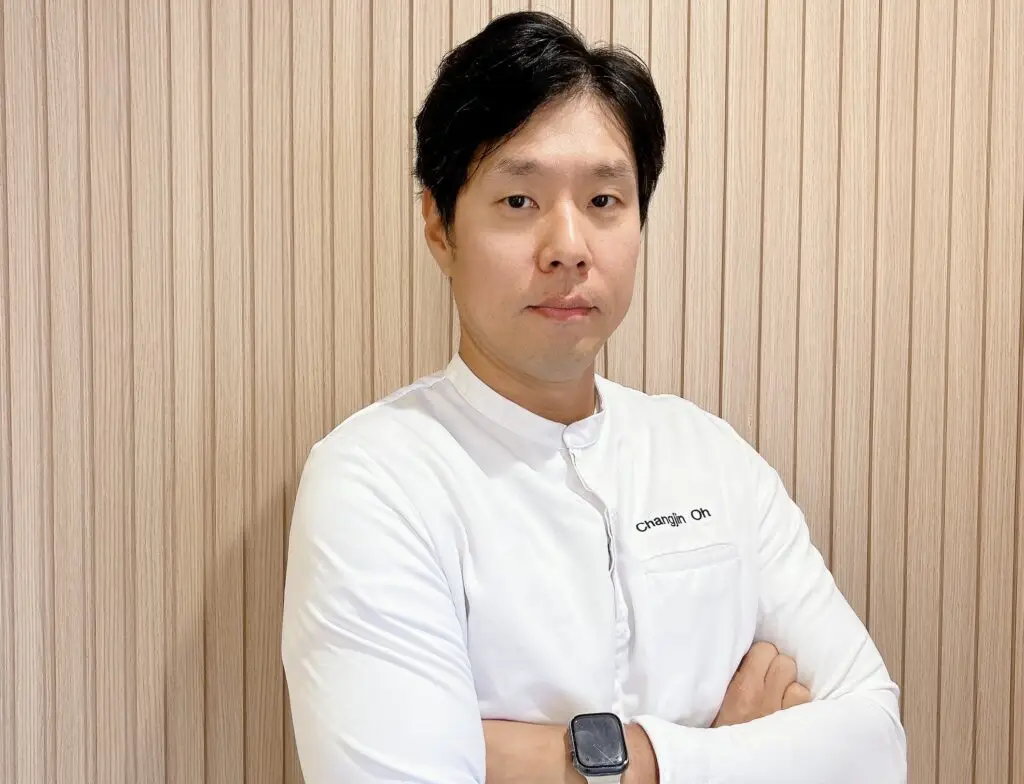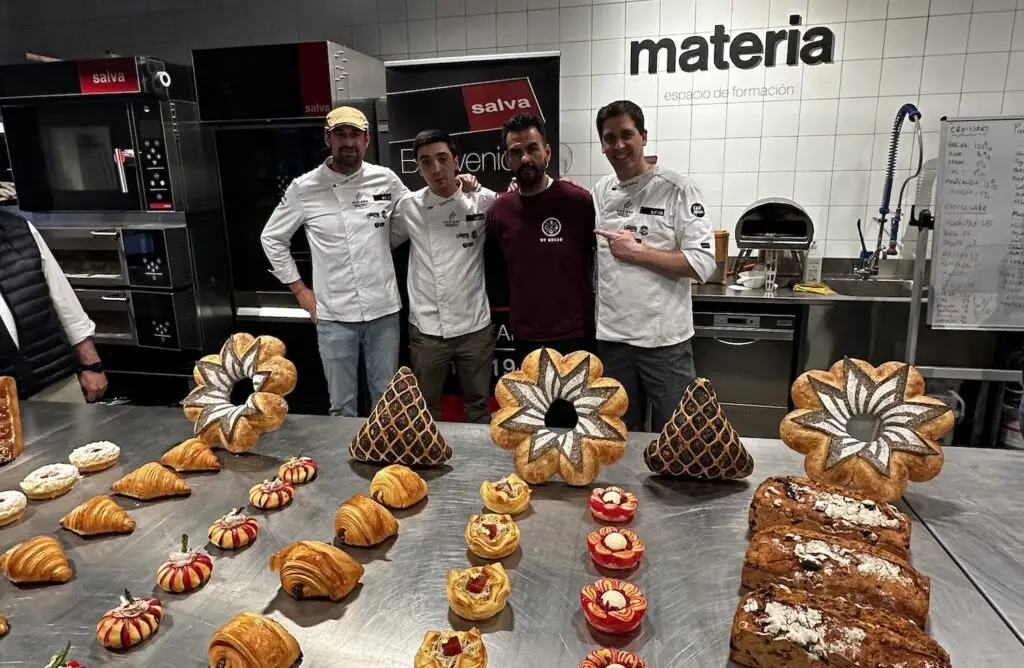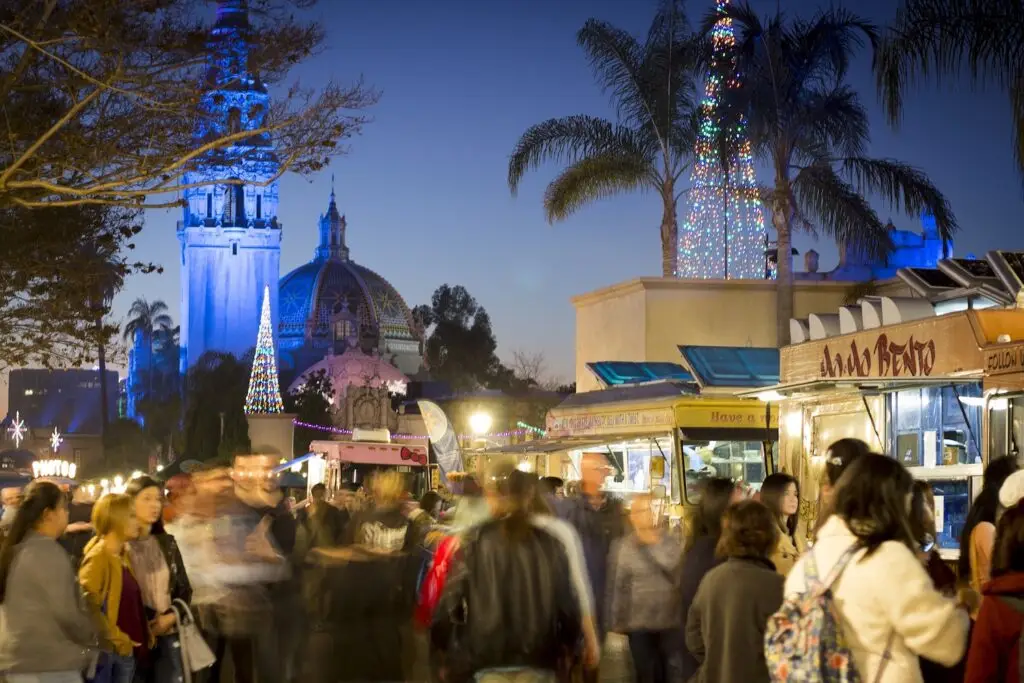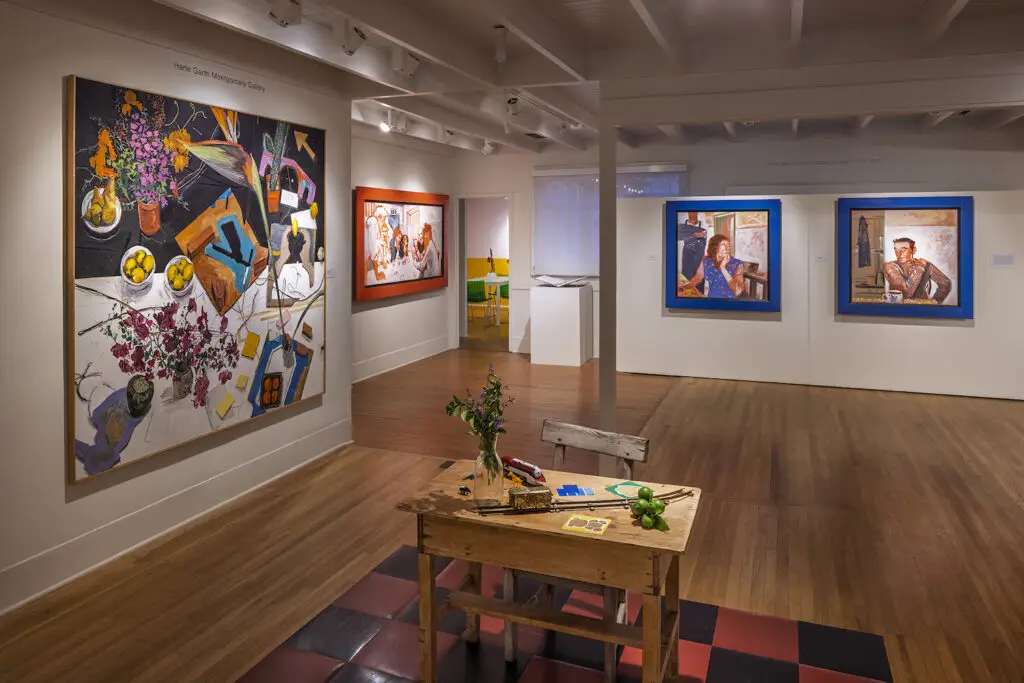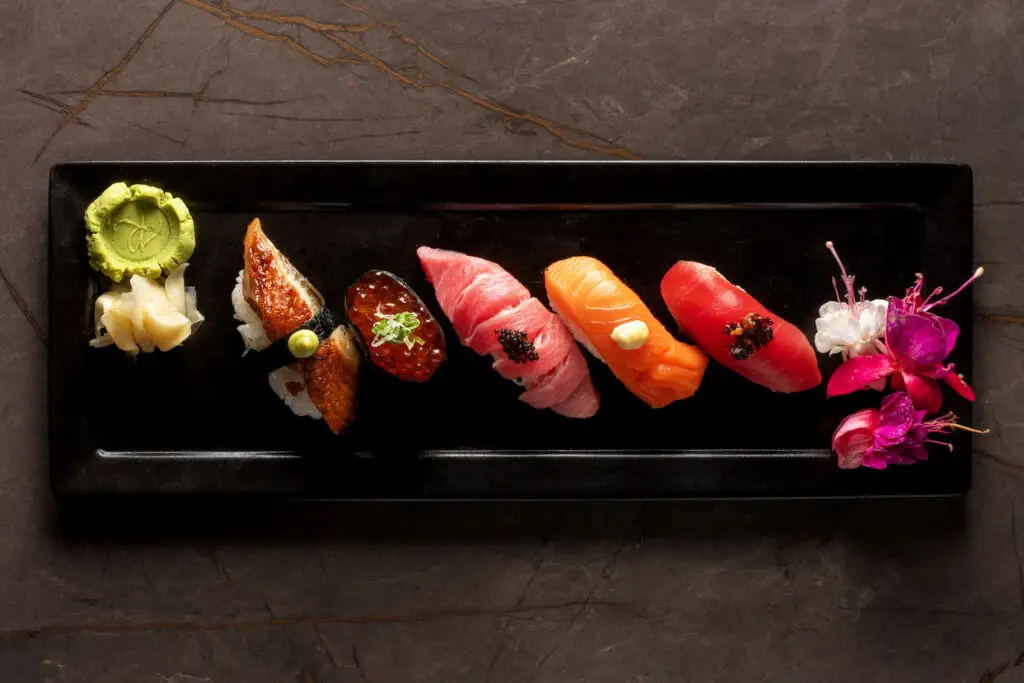The white tablecloth is the ascot of the restaurant industry. It used to make a dinner table look sophisticated. A white tablecloth said, “Your date brought you to a nice place where people with foyers in their homes dine. Sure, it’s probably a one-time thing to impress you, then it’s back to free bread sticks. But for tonight, will you please consider this white tablecloth, overlook his suspect personal hygiene and incarcerated parents, and marry him?”
A white tablecloth said, “Your dinner is worth a load of laundry because the California drought may be a myth, but your happiness, madame, is not.”
And now white tablecloths are silly and outdated. They make it look like everyone in the vicinity prefers air-fox trot to air-guitar. Now it’s like being a professional DJ who uses an MP3 player instead of a real, professional DJ setup (a MacBook). These days, every table at a restaurant comes in its birthday suit. Just plain wood. Not clean, new wood. But old, tattered wood from a barn where farm animals once did gross farm animal things. Farm animals whose lackluster performance might be the reason the barn is now a table.
The finer things are out. Old things that remind you that your grandparents are dead are in.
But there’s one thing white tablecloths do that no piece of wood can.
White tablecloths help servers by framing stray food. If a piece of chicken falls from your plate? The white tablecloth all but screams “Look here! This must be wiped up! A piece of unsightly food has mistakenly thought it was pretty enough to be table decor. It is harshing the warm, romantic buzz created by the tea lights and flowers! Hurry! Someone is in danger of being exposed as a fallible human!”
On a wooden table, crumbs just look like “distressed wood.” It reminds me of the old philosophical question: If lamb jus spills on a wooden table and no one is there to see it—who cares because it’s not like they’d be able to see it anyway.
I recently watched a piece of beef cheek sit between my date and I on the dinner table for hours. It had de-forked on its journey to my mouth. Service was otherwise perfect. Plates were removed. Water glasses were filled. But that beef cheek remained, its lumpiness accented by the weird, crusty thing that happens when hot food nears room temp. It was camouflaged against the dark wood, so the server didn’t see it. Through multiple courses, it glared, reminding me that motor skills decline with age.
After about an hour, I considered just eating it while my date was in the bathroom.
It’s not exact science, but using my own methodology (my eyes), I’ve determined that stray food on wooden tables is picked up by a server 68% less often than stray food on a white tablecloth.
Something needs to be done. Here are some ideas:
- Make sure all servers are very aware of this stray food camouflage, and pay extra attention.
- Put a dye on wooden tables that glows when food touches it. Just like the chemical they put in public swimming pools that turns the pool green when you pee. Only this time make it real and not just something your parents told you so that you’d hold your pee and develop chronic bladder issues later in life.
- Replace the table between courses with a brand new table. Sure, environmentalists may balk. But environmentalists don’t eat out, because hemp-car technology is still in its infancy.
- Serve non-brown food exclusively. Sure, you can serve meat. It just has to be green or some color other than the wooden table.
- Make the entire table a plate. Steam-wash it in front of everyone with a giant, hot hose. What a show.
- Give servers food vision goggles (trademark pending).
- Provide diners with birthday candles and lighters, which we can light and stick into food that’s fallen onto the table. Very festive.
- Bring back white tablecloths.
Restaurateurs, stray food camouflage is an affront to your livelihood. Your immediate attention to this epidemic is appreciated. Until something is done, I will help by bringing lighter fluid and setting stray food on fire to rid us both of the evidence.
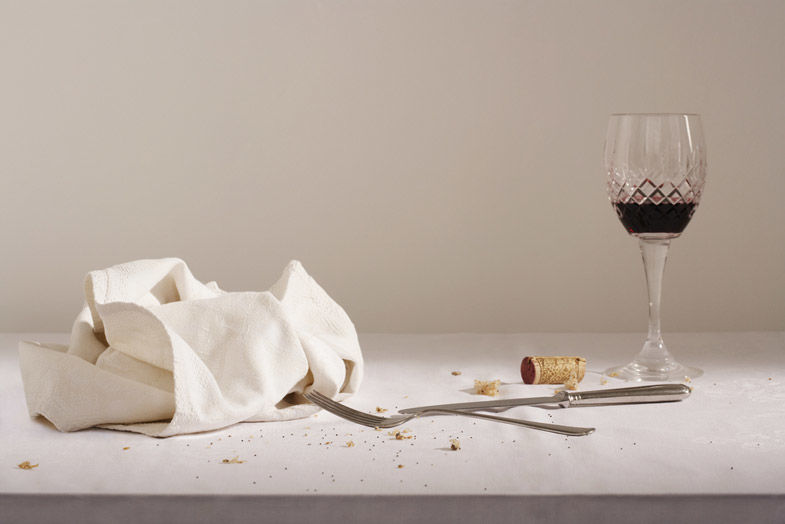
PARTNER CONTENT
In Defense of the White Tablecloth
